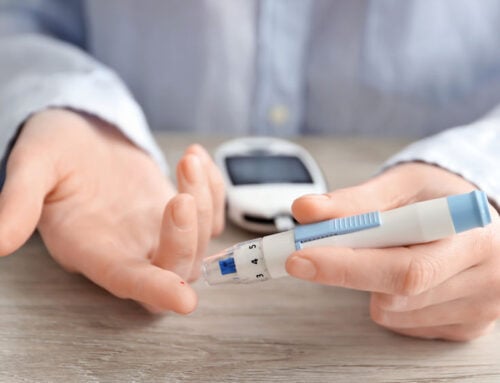Reverse Prediabetes The Healthy Way
More than 35 million people have prediabetes, a condition characterized by high blood sugar levels, which are not quite high enough to be considered diabetes but are still elevated above normal levels. If left untreated, prediabetes can lead to the development of type 2 diabetes, as well as other health problems such as heart disease, stroke, and kidney disease. Prediabetes is often reversible through lifestyle changes such as diet and exercise.

Maintain a healthy weight
The most critical lifestyle change for reversing prediabetes is losing weight. Being overweight or obese is a major risk factor for developing prediabetes and type 2 diabetes. Losing weight can help lower blood sugar levels and improve insulin sensitivity, which is the ability of the body's cells to respond to insulin and use glucose for energy.
Eat the right foods
Maintaining a healthy diet low in added sugars and refined carbohydrates is another important step in reversing prediabetes. Unhealthy foods can spike blood sugar levels and contribute to weight gain. Instead, focus on eating whole, unprocessed foods such as fruits, vegetables, whole grains, and lean protein. Eating a high-fiber diet can also prove beneficial.
Get fit
Exercise is another key component of reversing prediabetes. Regular physical activity can help lower blood sugar levels, improve insulin sensitivity, and promote weight loss. Aim for at least 30 minutes of moderate-intensity exercise, such as brisk walking, cycling, or swimming, on most days of the week.
More lifestyle changes
Excessive alcohol consumption, smoking, chronic stress, and poor sleep habits can increase the risk of weight gain, prediabetes, and type 2 diabetes. If drinking, do so in moderation and watch the portion sizes. Yoga and meditation are healthy ways to manage stress. When possible, aim for 7-9 hours of sleep per night.
Measuring blood sugar levels
An essential aspect of reversing prediabetes is monitoring blood sugar levels with a hemoglobin A1c (HbA1c) blood test. The test measures average blood sugar levels over the past 2-3 months. HbA1c levels higher than normal may indicate prediabetes. A healthcare provider can help patients set a target range and monitor progress.
A quick reverse?
The duration of the process depends on several factors, including the severity of the condition, the starting weight and overall health, and how well patients adhere to lifestyle changes. While prediabetes may not happen overnight, positive results can be seen relatively quickly.
Beating the odds
Prediabetes is a serious condition that should not be ignored. However, prediabetes can be reversed with lifestyle changes such as weight loss, healthy eating, regular exercise, monitoring blood sugar levels, and other lifestyle improvements. Work with a healthcare provider to develop a personalized plan that considers individual needs and goals.




